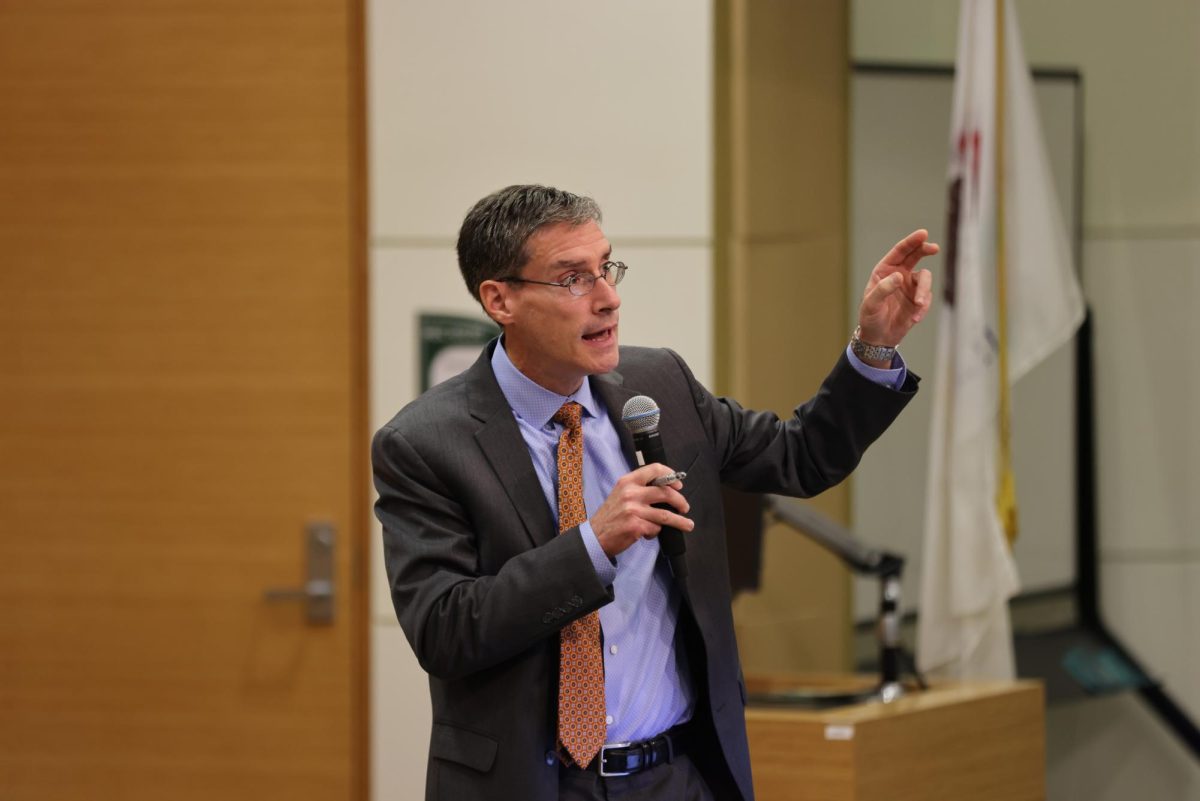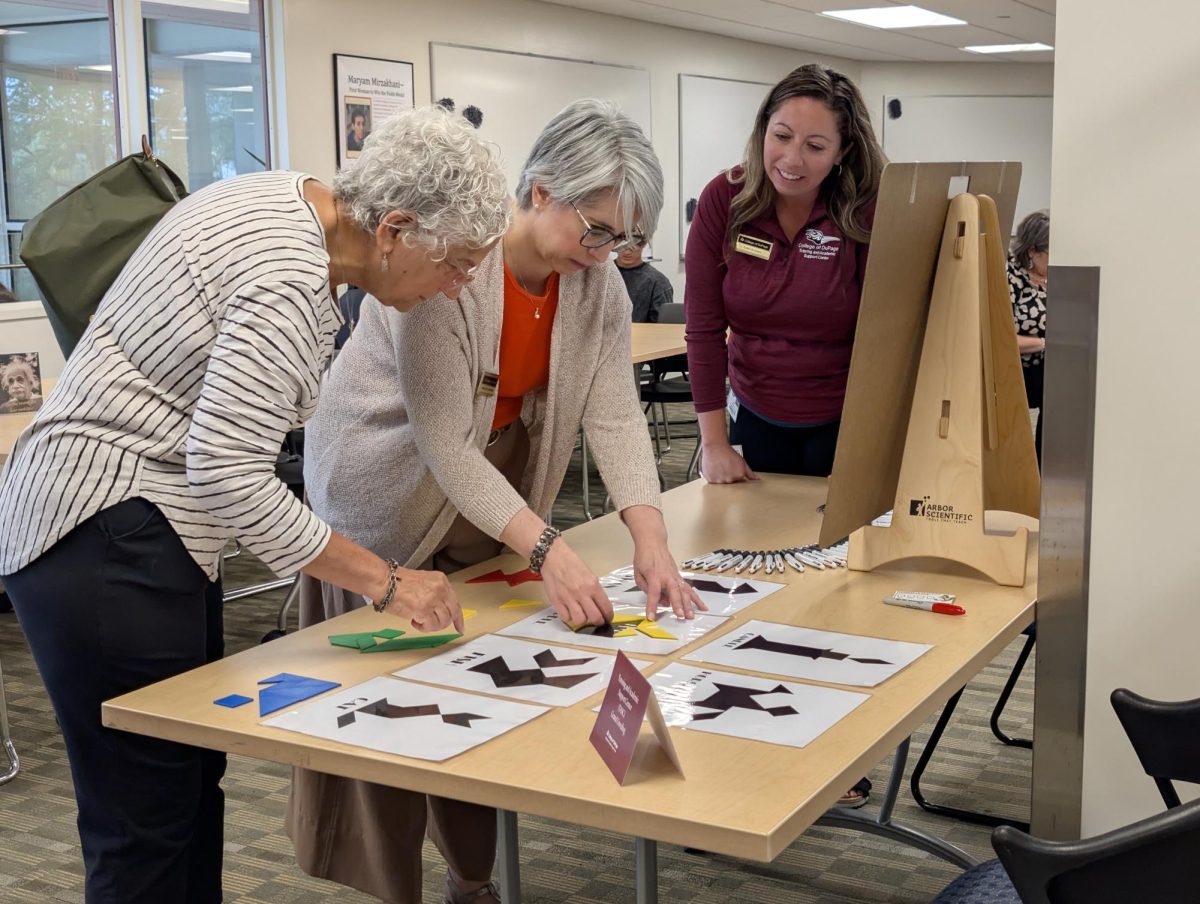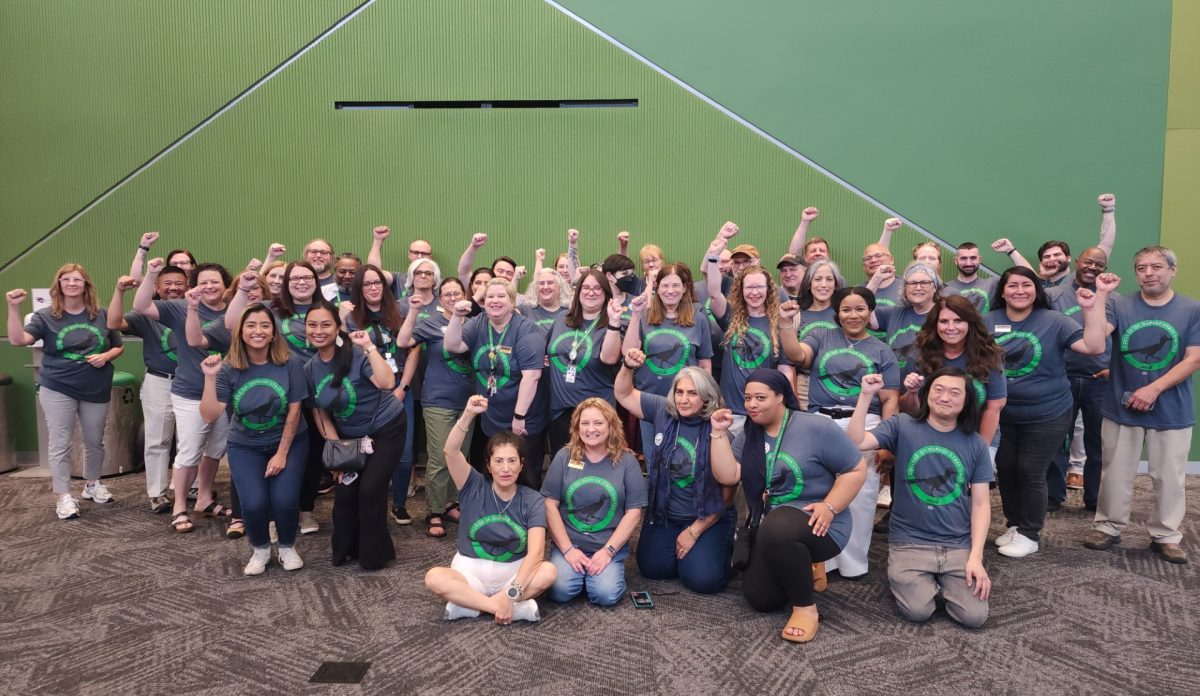With the fall semester easily on its way, it’s time for the College of DuPage community to ask: What do we look for in a new president?
After the retirement of former President Brian Caputo in June and the hiring of Christine Hammond as interim president in July, the board of trustees has started the search for the next official COD president. While a difficult task, COD faculty member and President of the College of DuPage Faculty Association, David Goldberg, said this is a chance for a revival of the school.
“We’ve lacked visionary administrative leadership for a very, very long time at the college,” he said. “It’s time to change that.”
One of the main issues for the new president to focus on is refilling the vacancies left by former full-time faculty. The issue stems from full-time and tenured faculty retiring and no one coming in to fill the position, leaving the current faculty to struggle to cover more material.
“Since before [COVID-19 lockdown], we’ve been basically bleeding full-time faculty,” he said. “That has not been a priority of the administration for close to 10 years, and that adversely impacts students’ abilities to have a positive experience.”
According to the COD Research and Analytics teams’ Faculty/Staff Demographics report, prepared on Oct. 8, teaching faculty has steadily decreased since 2020. The number of both part-time and full-time faculty in 2020 stood at 1,336 individuals; meanwhile, in 2024, the number only stood at 1,274 individuals an increase from its lowest with 1,220 individuals in 2023. While 2024 has seen an uptake in faculty numbers, it’s still not equal to what it was in 2020 or 2021.
Academic support—such as librarians, counselors and advisers—and Custodial and Maintenance numbers are still declining in 2024, with only the Administrative category seeing an increase from FY 2020 to the present.
On a personal level, Goldberg said he’d like to see a more vested interest in diversifying the faculty. He believes that students disconnect from their classes when they feel their identities aren’t represented among the professors.
“It’s never going to be one-to-one, and I’m not sure that it should,” he said. “But I do think that we could go a long way towards the imbalance both around gender and other identities.”
Goldberg said these issues are most easily addressed by hiring a president who has experience teaching in a classroom as well as holding an administrative position, a sentiment wholeheartedly supported by Susan Purcell, the president of the College of DuPage Adjunct Association.
“Teaching is the most important mission of COD,” Purcell said. “So we would like a president who understands the kind of challenges faculty face and can understand our concerns when we bring them.”
Both Purcell and Goldberg praised Hammond for her hands-on approach in aiding with the search.
“She’s definitely not just a placeholder for the next president,” Purcell said. “She’s being very active in trying to problem solve and kind of get things ready for the next president.”
Purcell and Goldberg both mentioned the creation of a committee by the board of trustees. While no official announcement has been made about who is on the board, the aim is to give each type of COD community member a voice to influence the board’s hiring decision. According to Student Leadership Council Vice President Angelica Lim, the administration reached out earlier this month to the SLC looking for student input in the search.
“Everything has just been pretty recent,” Lim said. “We’re kind of in the midst of finding and getting everything gathered so we could start up the search. We have discussed it as SLC, but we still haven’t had enough information yet before we could really go deep.”
Lim said that her ideal president is someone willing to seek out problems in the college and take the initiative to find solutions.
“I’m talking about building a better community,” she said. “Not to say that our community isn’t good, but breaking away those silos in both faculty and students and making sure that students know what’s offered.”
For example, she brought up how the atrium of the SRC used to be packed with students during the week, studying and hanging out with each other. Now, in the midst of construction, the atrium regularly remains fairly empty.
“It begs the question, ‘How are we going to get students together?’” Lim asked.
Despite the challenges, Lim, Goldberg and Purcell all try to remain optimistic.
“I think the mood on campus is kind of guarded optimism,” said Goldberg. “In general, the board has been slower than I would have liked but more inclusive than in the past.”
Purcell expressed hope that the board will take into account each voice on the committee to make the best decision for the college overall.
“The committee that they’re assembling really is going to represent all the constituencies on campus,” she said. “[I hope they find] somebody who doesn’t just make the board happy, but makes the faculty happy and makes the rest of the administration happy. Because that’s who [the president is] going to work with.”
“We need a good president who has a kind heart and a good president who is involved with the students,” Lim said. “A president that knows what they’re doing and has a clear vision for the school.”
For more information on what the COD community is looking for in its next president, the board of trustees released a formal call on the COD website with a specific list of qualities the next COD president should have.









